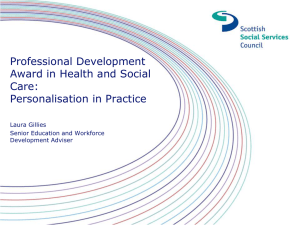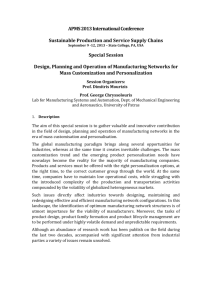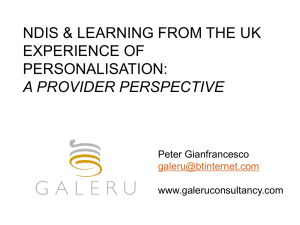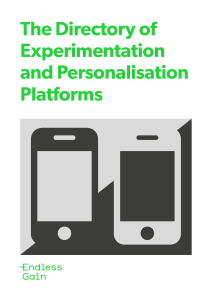National Drivers
advertisement
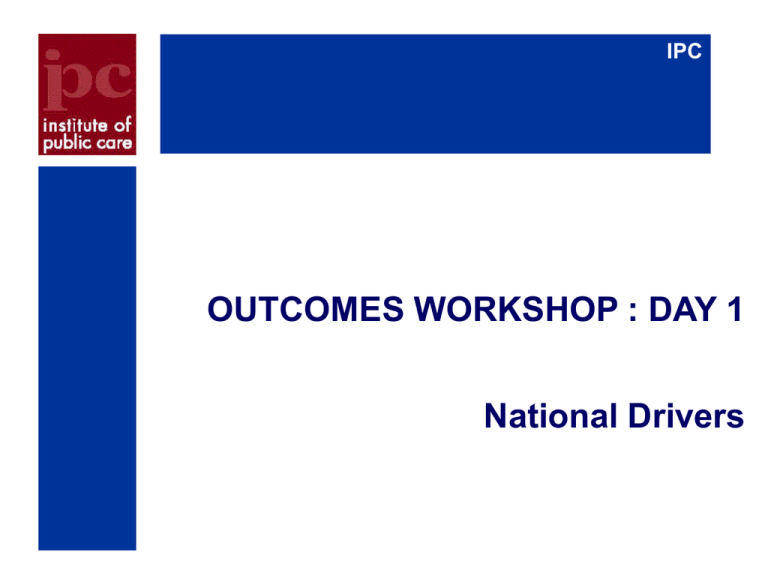
IPC OUTCOMES WORKSHOP : DAY 1 National Drivers Why Change our approach to outcomes ? People are living longer: 180% increase in over 85s by 2036 double number of people with dementia by 2036 50% more people with LD between 2001-2021. Demographic change at its greatest in the Shires. Not much change in terms of incapacity in the final years of life. Fewer available carers proportionately More diverse communities. Higher expectations of choice, dignity and respect. Prevention works, but common practice is resources targeted at those with greatest need. Reasons to change? Assessments tend to monitor a person at a particular time rather than offering the flexibility that changing demands, needs. Currently we focus too much on giving services in the hope that they meet a need, rather than funding to enable a set of outcomes. Reasons to change? Because in times when money gets tight we should only pay for what is needed and what will work. The assessment needs also to focus on marshalling all of peoples resources rather than just those the state provides. Our current system focuses on eligibility for a volume of service or amount of money based on passing a set hurdles of incapacity rather than emphasising the possibility of what can people do and how can we continue to support that. Independence, Wellbeing and Choice Quality of life, including leisure and social activities, should be addressed for all service users (Chapter 3). Service users should have choice and control over their services and manage risk in personal life (Chapter 3). Services should become based on flexible, individual care budgets to produce outcomes tailored to individuals’ aspirations – extending to all service users the advantages now enjoyed by Direct Payments users (Chapter 4). Our Health, Our Care, Our Say Improved health and emotional well-being Improved quality of life Making a positive contribution Increased choice and control Freedom from discrimination & harassment Economic well-being Maintaining personal dignity and respect In Control seven characteristics of the support plan Be person centred, ie about an individual and recognisably so Set clear outcomes which are achievable and measurable Describe the planned support which will lead to the planned outcomes Keep the person healthy and safe Maximise self determination Show clear management, ie the plan should identify who is responsible for what Be in budget Personalisation and Transformation 2007 – Putting People First Over time, people who use social care services and their families will increasingly shape and commission their own services. Personal budgets will ensure people receiving public funding use available resources to choose their own support services. 2008 – Transforming Social Care “In the future, all individuals eligible for publicly-funded adult social care will have a personal budget (other than in circumstances where people require emergency access to provision); a clear, upfront allocation of funding to enable them to make informed choices about how best to meet their needs, including their broader health and well-being.” Personalisation means…… “that the individual is the basic building block of a social care system. Need will be assessed by the individual, the desired outcomes will be identified by the individual and the means to determine how those outcomes will be met is controlled by the individual” Personalisation and Allied Health Professionals November 08 “The challenge will be to translate the vision into practical change on the ground to make a real difference to the way individuals engage with services and support and, in so doing, make a real difference to their lives. It will also mean changes in how professionals engage and work to support people’s needs. Personalisation is about whole system change, not about change at the margins”. LAC Circular 1 (2008) Transforming Social Care, Department of Health January 2008 Enmeshing the personalisation agenda into the outcomes approach why worry personalisation, will resolve these issues’. However: Some people may wish to continue with their current arrangements because they are satisfied; or because they do not want to make what might be perceived as additional effort; or because they are too incapacitated; do not see self directed care as an option they can or would wish to pursue. In some more rural parts of the country, the problem may not be offering a choice but getting any agency or individual at an affordable price to deliver the services needed. Enmeshing the personalisation agenda into the outcomes approach The need is to improve choice and control but recognise this needs to go beyond purely fiscal measures. To make sure resources are not being offered when they are not needed and are offered in greater abundance when they are or at a time when change can be delivered which will divert people from more intensive levels of provision. Conclusions Defining our national policy and strategic commissioning in terms of outcomes is not enough because: If we don’t define and purchase services in terms of outcomes we will revert back to measuring and monitoring results in terms of cost and volume. Because the relationships of needs to services needs a third dynamic of what works. Volumes of service as proxy indicators do not always work. Choice, control and quality are all important but the ultimate test is will this deliver the outcomes, the end result I really need.
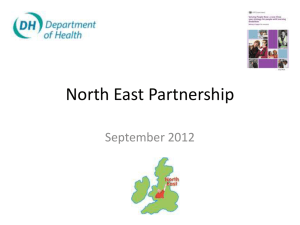
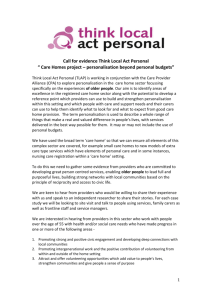


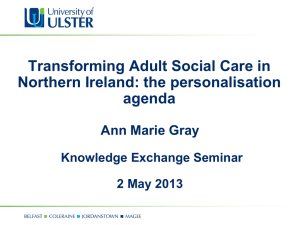
![Transformational Change [Powerpoint Presentation]](http://s2.studylib.net/store/data/005447411_1-da0a83bd34bdb90183940ab700125003-300x300.png)
